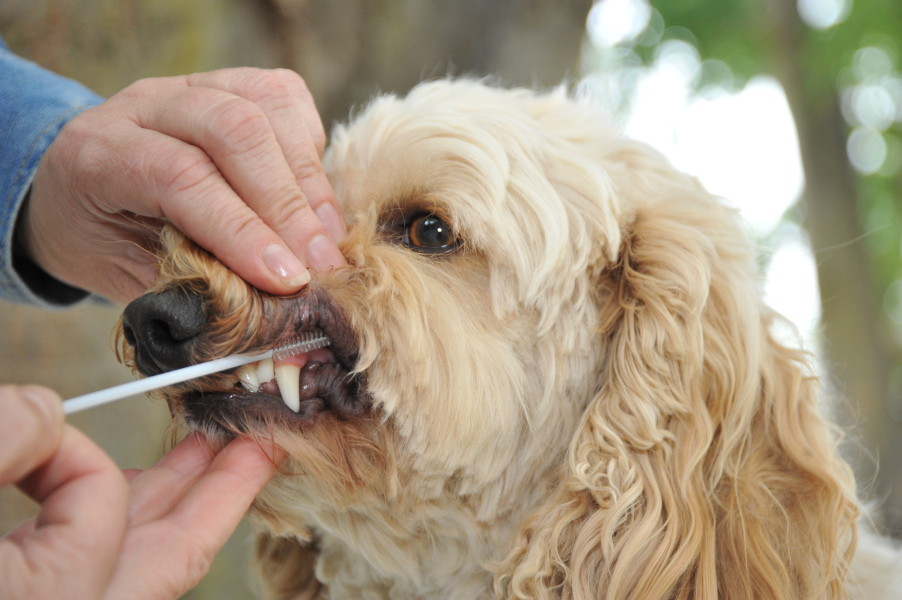Quick Summary
Click here for Price and Turnaround Time
Phenotype: Hyperuricosuria is characterized by elevated levels of uric acid in the urine and can lead to the formation of bladder/kidney stones.
Mode of Inheritance: Autosomal recessive
Alleles: N = Normal/Unaffected, HU = Hyperuricosuria
Breeds appropriate for testing: Many dog breeds, including American Pitbull Terrier, American Staffordshire Terrier, Australian Shepherd, Black Russian Terrier, Bulldog, Catahoula Leopard Dog, Dalmatian, Danish-Swedish Farmdog, French Bulldog, German Hunting Terrier, German Shepherd, Giant Schnauzer, Jack Russel/Parsons Terrier, Kromfohrländer, Labrador Retriever, Lagotto Romagnolo, Large Munsterlander, South African Boerboel, Spaniel de Pont-Audemer, Swedish Vallhund, Vizsla, Weimaraner
Explanation of Results:
- Dogs with N/N genotype will not have hyperuricosuria and will not transmit this hyperuricosuria variant to their offspring.
- Dogs with N/HU genotype will not have hyperuricosuria, but are carriers. They will transmit this variant to 50% of their offspring. Matings between two carriers are predicted to produce 25% hyperuricosuria-affected puppies.
- Dogs with HU/HU genotype will be affected and are susceptible to develop bladder/kidney stones. They will transmit this hyperuricosuria variant to all of their offspring.
Results of this test can be submitted to the OFA (Orthopedic Foundation for Animals)
Bulldog Health Panel
$105 per animal
French Bulldog Health Panel 1
$130 per animal
French Bulldog Health Panel 2
$130 per animal
German Shepherd Health Panel
$130 per animal
Labrador Retriever Health Panel 1
$165 per animal
Labrador Retriever Health Panel 2
$180 per animal
Weimaraner Health Panel
$105 per animal
Sample Collection
Dog DNA tests are carried out using cells brushed from your dog's cheeks and gums. The preferred cytology brushes are sent to you by mail, or you may provide your own brushes. For accepted alternative brushes, click here
We recommend waiting until puppies are at least three weeks old before testing.

Step-By-Step:
- Make sure the dog has not had anything to eat or drink for at least 1 hour prior to collecting sample.
- When swabbing puppies, isolate each puppy from the mother, littermates and any shared toys for 1 hour prior to swabbing. Puppies should not have nursed or eaten for 1 hour prior to collecting sample.
- If collecting samples from more than one dog, make sure to sample one dog at a time and wash your hands before swabbing another dog.
- Label brush sleeve with name or ID of dog to be sampled.
- Open brush sleeve by arrow and remove one brush by its handle.
- Place bristle head between the dog’s gums and cheek and press lightly on the outside of the cheek while rubbing or rotating the brush back and forth for 15 seconds.
- Wave the brush in the air for 20 seconds to air dry.
- Insert brush back into sleeve.
- Repeat steps 5 - 8 for each unused brush in sleeve on a fresh area of cheek and gums. Make sure to use and return all brushes sent by the VGL. In most cases, it will be 3 brushes per dog. If using interdental gum brushes, please note that the VGL requires 4 brushes per dog and only moderate or wide interdental gum brushes are accepted.
- Do not seal brushes in sleeve.
- Place all samples in an envelope and return to the address provided.
ATTENTION:
- Do not collect saliva/drool – the key to obtaining a good sample is getting cheek cells on the swab
- Do not rub swab on the dog’s tongue or teeth – this will result in poor quality sample
- Do not collect a sample from a puppy that has recently nursed – the mother’s genetic material can rub off on the puppy’s mouth and contaminate the sample
Hyperuricosuria (HUU) means elevated levels of uric acid in the urine. This trait predisposes dogs to form stones in their bladders or sometimes kidneys. These stones often must be removed surgically and can be difficult to treat. HUU is inherited as a simple autosomal recessive defect. A mutation in exon 5 of the gene Solute carrier family 2, member 9 (SLC2A9) has been found to be associated with hyperuricosuria in dogs. HUU can occur in any breed but is most commonly found in the Dalmatian, Bulldog, and Black Russian Terrier.
A DNA test for the SLC2A9 mutation can determine the genetic status of dogs for HUU. Dogs that carry two copies of the mutation will be affected and susceptible to develop bladder/kidney stones. However, the SCL2A9 mutation is not the sole cause of urate bladder stones in dogs. Other factors, in addition to genetic test results, such as liver disease and diet need also be considered in clinical evaluation.
